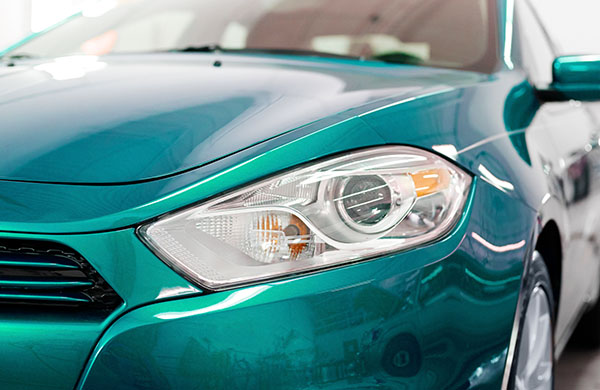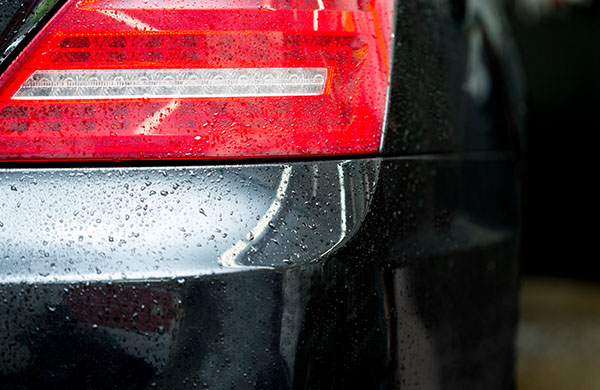
The average person might think car wax is an aesthetic luxury, a way to make a vehicle look a little extra shiny after a car wash or detailing. But the treatment actually has a more important purpose, one that has to do with extending the life of your vehicle's paint job.
What Does Waxing a Car Do?
The short answer: it protects the car from the outside world. Specifically, applying a thin layer of wax helps to shield the car's clear coat from:
- Sunlight
- Grime in the air or on the road
- Bugs
- Water
There's a bonus benefit to all this protection, too. Because the wax is repelling dirt, you may be able to go longer between car washes, which reduces potentially damaging contact with your paint job and can extend its life even further.

How Does Car Wax Work on Water?
You may have noticed that water beads up on the surface of a freshly waxed car. This happens because wax is hydrophobic, meaning that it does its best to avoid absorbing water (and the paint-damaging acids and contaminants that may come with it).
But why is wax so hydrophobic? Because it's (quite literally) water's polar opposite. Water is made up of polar molecules, which are asymmetrically charged particles that are easily attracted to dirt and metal. So when rain falls on an unwaxed car, the water starts to spread out.
On the other hand, wax is nonpolar. That means that if a car has been treated to a coat of wax, water has nothing to stick to but itself, causing it to scatter into round beads that easily roll right off the surface.
How Does Car Wax Protect Against Sunlight?
Whether you're using a natural wax derived from palm leaves or a synthetic wax made from silicone, you can be sure its ingredients have reflective properties. In fact, many waxes contain additional oils and polymers specifically to make them more reflective.
This makes intuitive sense: when you say a car looks "shiny," you're really saying it's especially reflective—which means it's also absorbing less UV radiation than a dull-looking car.

When Do You Need Fresh Wax?
Look at the size of any freshly fallen water beads. If droplets are more than half an inch in diameter, then it's time for a fresh coat. In general, cars need fresh wax every three months, though you should schedule more frequent waxing if you regularly drive through harsh or snowy climates.








